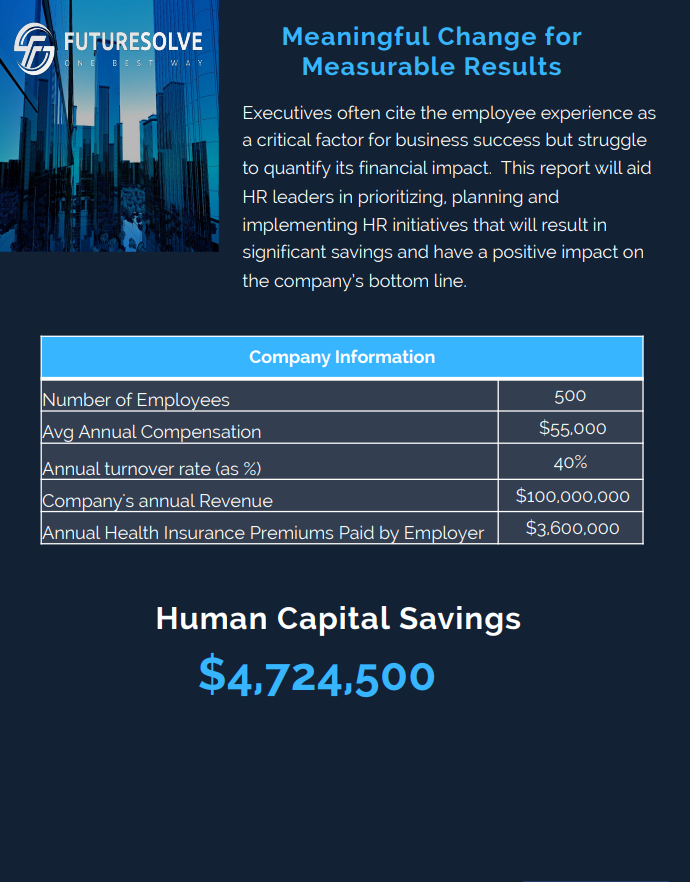Have you ever been a part of a great team at the workplace? As far as the development of your workforce is concerned, it is essential to understand that it will not happen just by developing a solid team. As leaders of the staff and the entire business, you are expected to know how to develop a high-performing team. When the development of a high-performing team is concerned, you should aim at being creative. With some guidance, patience, and dedication, you will be successful in developing top-performing teams effortlessly.
What Does a ‘High-performance Team’ Mean?
A high-performance team can be defined as a group of highly qualified and skilled individuals functioning in cross-functional domains while focusing on the achievement of a typical business objective. The team is effectively aligned while being committed to a shared vision and values and working towards a common goal.
The highly effective and productive team remains innovative concerning problem-solving. Moreover, it also displays a higher level of collaboration and communication -delivering superior and constant results.
6 Tips from CHRO to Build a High-performance Team
High-performance teams help streamline productivity, foster company growth and boost the overall revenues for small businesses. Creating the proper foundation for ensuring the development of high-performing teams is becoming more crucial in high-end corporate environments wherein collaboration is perceived as the ultimate solution to superior output.
Some practical ways to build a high-performance team are:
Choose the Right People
Most teams are developed depending on the skills and capabilities of the individuals. While it is significantly vital, if you go ahead with choosing a low-trust individual, it might hamper the overall performance of the entire group.
When you go ahead with auditing the accounts of some potential cyberattack or any suspicious company, then possessing highly low-trust team members might be a significant benefit. However, for most tasks, especially those that are at a higher risk or higher stakes, ample trust is required to ensure that people are working together. This implies selecting team members who feature a cheerful disposition -feeling comfortable with the overall risk and being confident in themselves but not overly interested.
When you are not able to select the team members you are leading, it is an ideal practice to assess the disposition of every individual to trust.
Manage Conflicts
In a team, you can always expect conflicts. Even with the most comfortable and easy-going employees in your team, you should expect as well as prepare for some differences in the overall opinions. Whether it is a minor issue or a significant argument, you should understand how you should handle conflicts at the workplace when you fail to address disputes between employees; it can quickly convert a minor issue into a highly unproductive team.
It is essential to address conflicts as soon as you observe them. Organize a conflict management meeting between employees to solve all problems. Indeed, it is not possible to prevent conflicts. Still, if you wish to create a high-performing team, you should aim at addressing conflicts before they get out of hand.
Focus on Communication
You cannot help your workforce to get anywhere unless you will prioritize communication in your business. It is crucial to keep employees up-to-date with the occurrences occurring within the business. If there are new procedures, it is crucial to alert your staff as soon as possible.
Encourage effective communication amongst your employees. Communication remains critical to ensuring that your employees execute their responsibilities while collaborating effectively. While employees work together on dedicated projects, you should encourage them to use reliable project management software.
To ensure effective communication between your team, aim at setting up periodic meetings. For instance, online chats can help employees to communicate while staying on top of their responsibilities and forming deeper relationships.
Set Clear Goals
A significant part of the development of high-performance teams is setting realistic goals that employees are able to work towards constructively. To develop a high-performance team, your workforce is expected to create feasible goals. Some instances of workplace goals include:
- Boosting sales exponentially
- Improving the new consumer rate of the business
- Decreasing customer churn
You can decide to call a dedicated meeting to discuss top priorities. You can also go ahead with creating SMART goals.
Encourage Professional Development
Another major step in the development of a high-performing team is encouraging maximum professional growth. Instead of micromanaging, you can consider raising new leaders in the small business. To develop a high-performing team, you are expected to invest in your team. If there is a possibility, you should aim at delivering education assistance to boost professional development.
Deliver ongoing training such that employees will not remain stagnant. Training can help employees take up new roles along with their knowledge and skills. You should also think of practical ways to impart employees dedicated leadership roles. When you encourage the professional development of employees, you tend to equip them with the proper knowledge and skills for becoming high performers.
Build Trust Amongst Team Members
In a high-trust team, people continue discussing trust. They feature a dedicated trust framework forming a common language on the grounds of ample trust. This helps teams and individuals understand and practice trust with one another. It implies that employees have access to the language for calling out people on specific behaviors that might be destroying trust.
They will also have leaders who will be trustworthy while having a concept of what it implies to have ample trust. They will also expect this behavior from others to ensure that trust will cascade across the entire team.
Conclusion
Indeed, teams that go along together will have fun working together as well. With the world changing at a rapid rate, organizations have to confront complex issues that can only be solved with the help of teams having a diverse range of capabilities and skills.





























